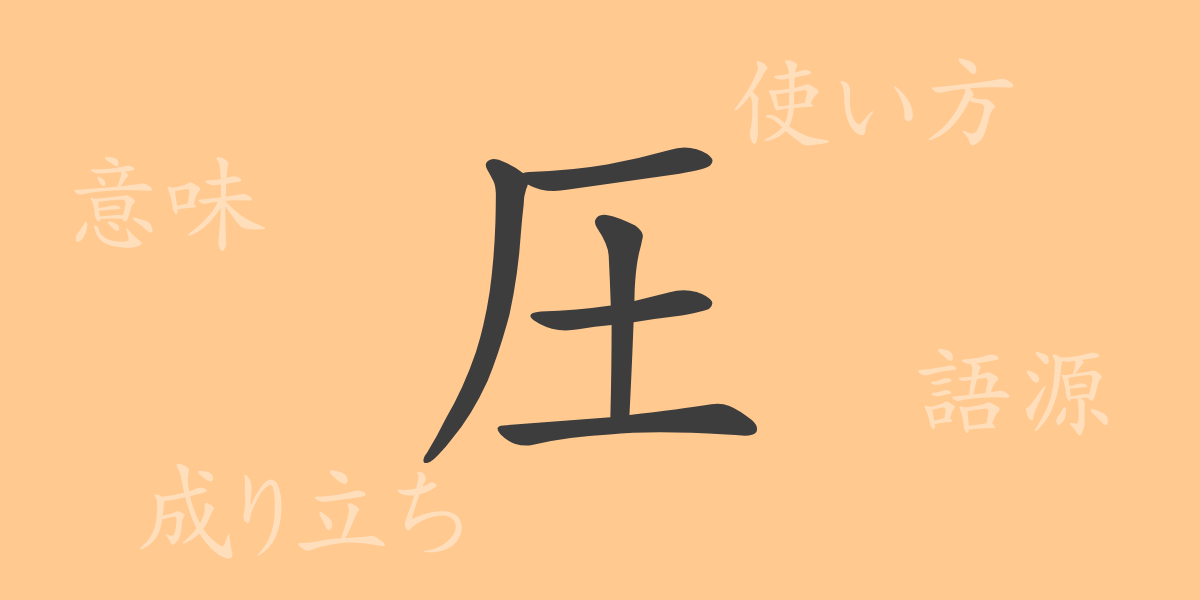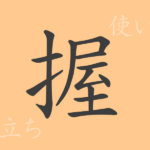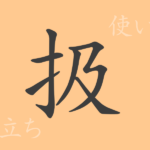“
Kanji, with their unique forms and historical depths, profoundly influence the Japanese language. This article explores the kanji “”圧 (Atu),”” commonly used in various aspects of life, revealing its origins, meanings, usage, readings, stroke count, and its role in Japanese idioms and phrases.
Origins of 圧 (Atu)
The kanji “”圧”” evolved from ancient Chinese pictographs, originally depicting a hand pressing down on an object. Over time, it evolved into its current form, symbolizing the concepts of force and suppression, maintaining its significance across various cultures and eras.
Meaning and Usage of 圧
“”圧”” typically means “”to press down,”” “”to weigh down,”” or “”to dominate with power.”” It is used not only to describe physical pressure but also to express social and psychological oppression. Terms such as “”圧力”” (pressure) and “”圧倒”” (overwhelm) illustrate its usage.
Readings, Stroke Count, and Radical of 圧
The kanji “”圧”” has distinct features in its readings, stroke count, and radical:
- Readings: On’yomi there are no specific Kun’yomi
- Stroke Count: It consists of 5 strokes.
- Radical: 土部 (Tutihen) or “”earth radical.””
Phrases and Proverbs Using 圧
“”圧”” appears in numerous idioms and proverbs, reflecting aspects of force and speed in Japanese language:
- 圧力 (Aturyoku): Refers to applying strong physical or influential force.
- 圧倒 (Attou): Completely subduing someone with overpowering force or momentum.
- 圧縮 (Assyuku): Compressing or condensing materials or data.
- 一気呵成 (Ikkikasei): Achieving something in one go, often used to describe overwhelming speed or momentum.
Summary of 圧
The kanji “”圧”” is a powerful symbol in the Japanese language, used to express both physical pressure and broader influences. By understanding “”圧,”” we gain a deeper appreciation for the richness of Japanese expression, spanning from tangible forces to metaphorical dominance. This exploration into “”圧”” reveals its pervasive presence and significance across various contexts in Japanese life.
“

























